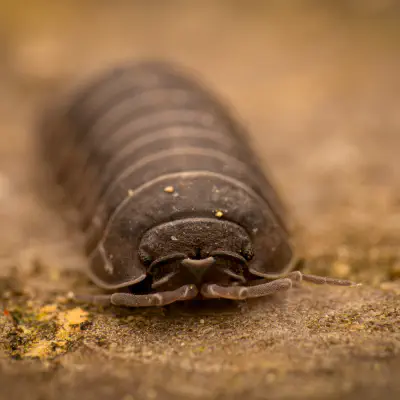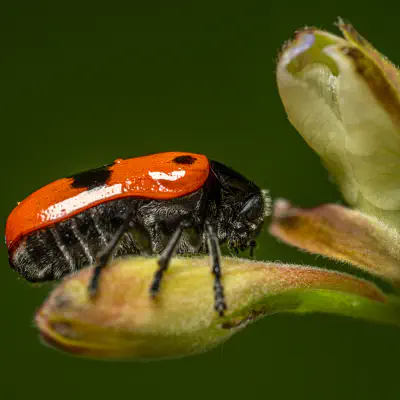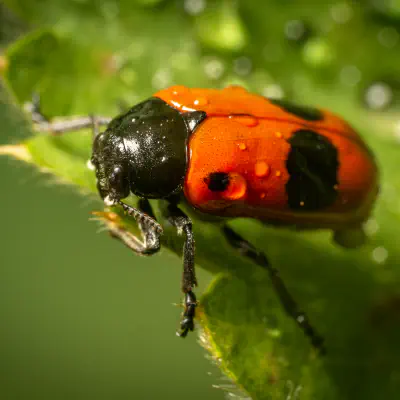They are found in most of Europe, in the eastern part of the Palearctic realm, and in the Near East.
Clytra laeviuscula (lat. Clytra laeviuscula)
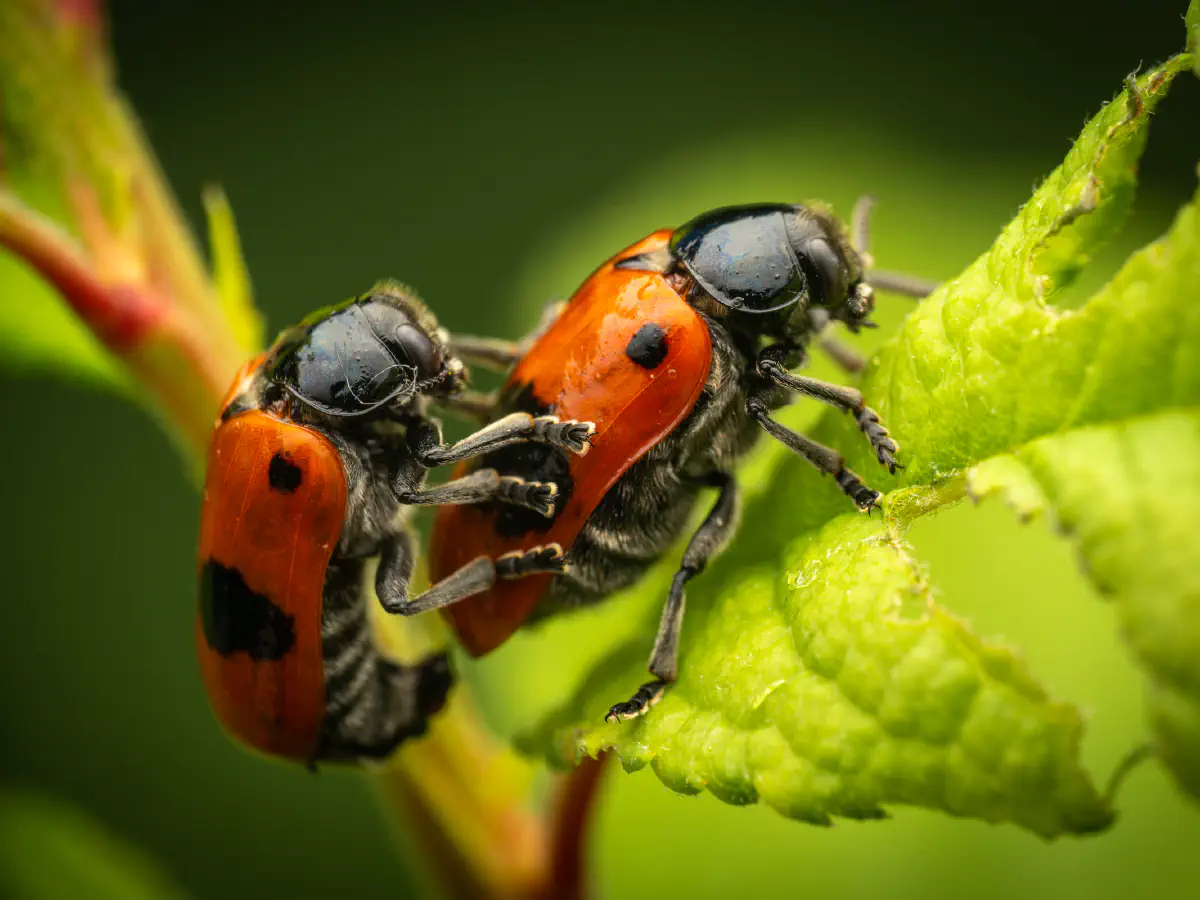
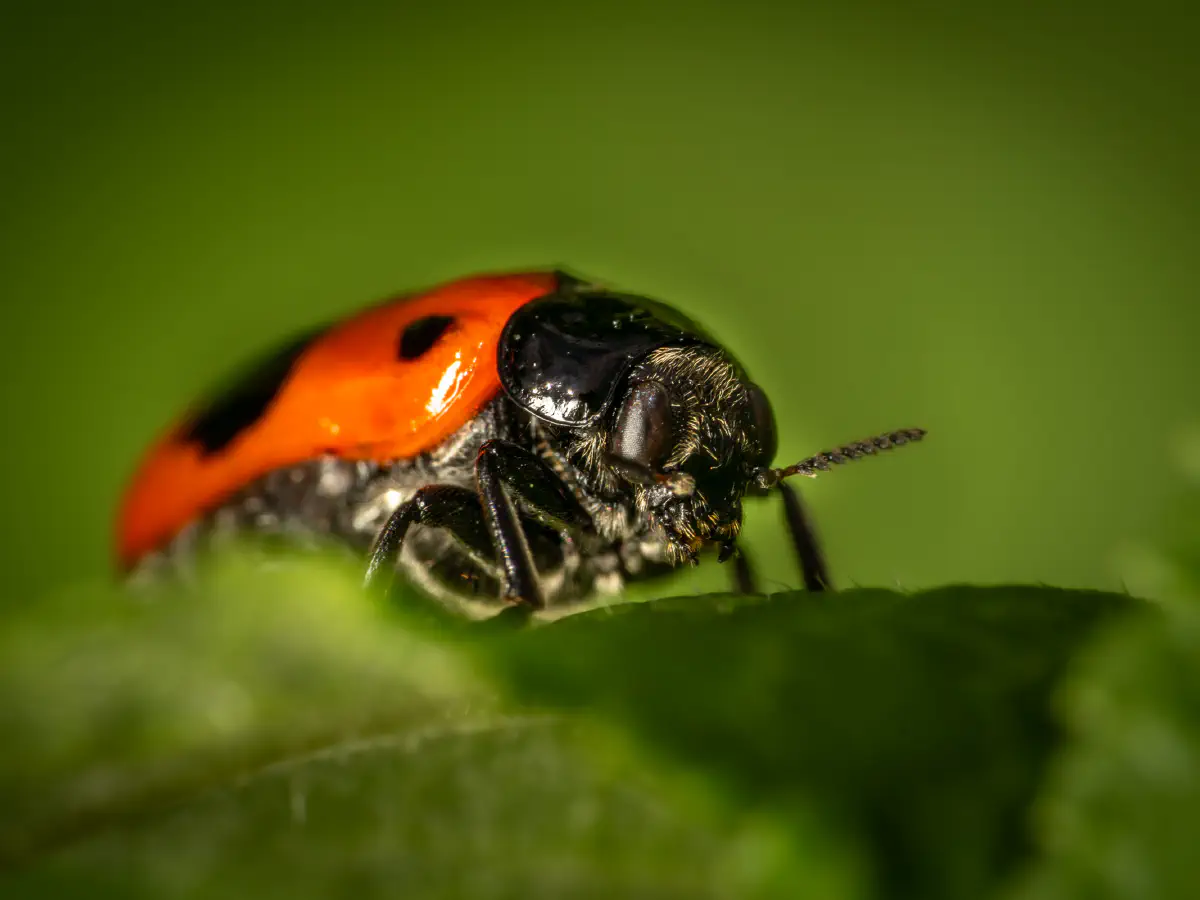

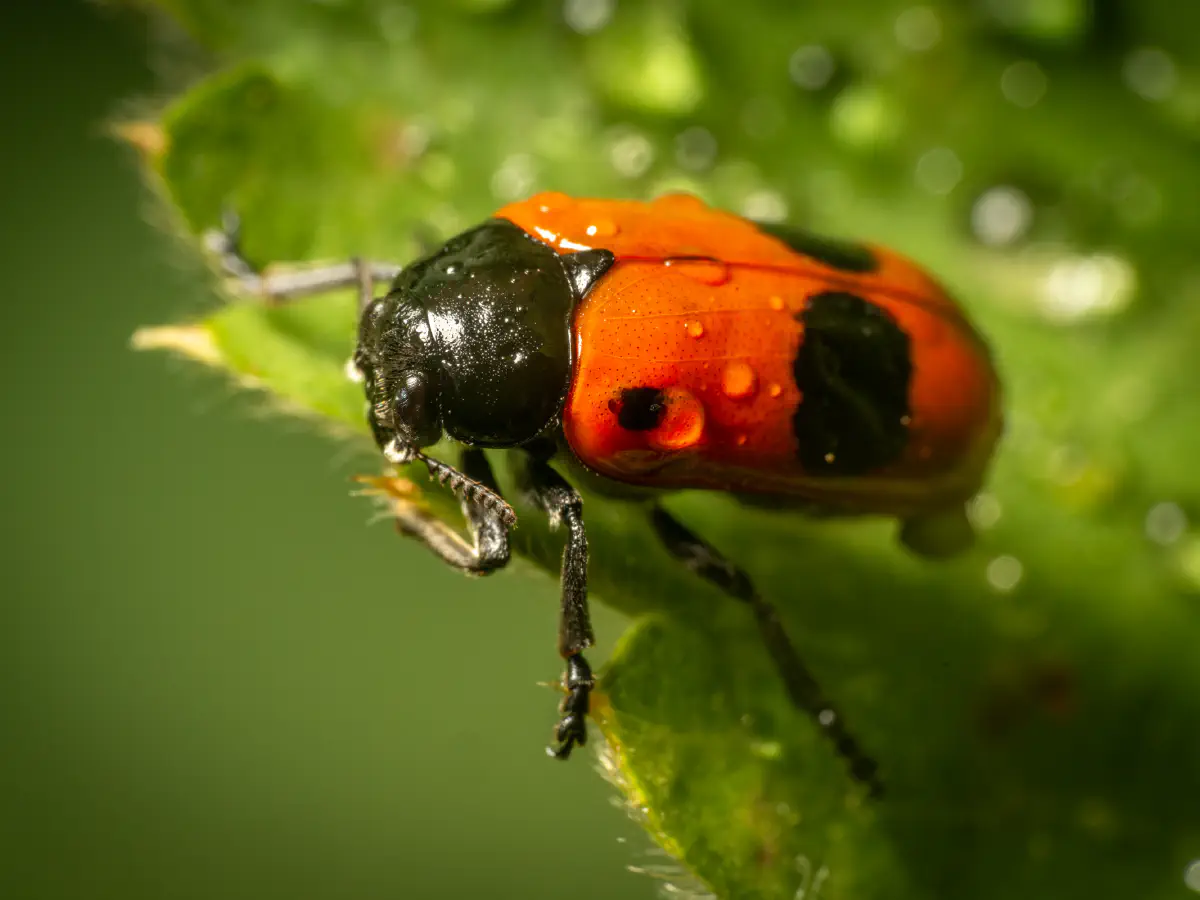


This is not intended to be a dry lexicon. Personal stories and sensitive articles form the framework for our pictures: „Konny and the blues — Diary of a 26-legged being“
Konny the woodlouse struggles with the challenges of a 26-legged life and talks to a flying visitor about the dangers of climate change.
